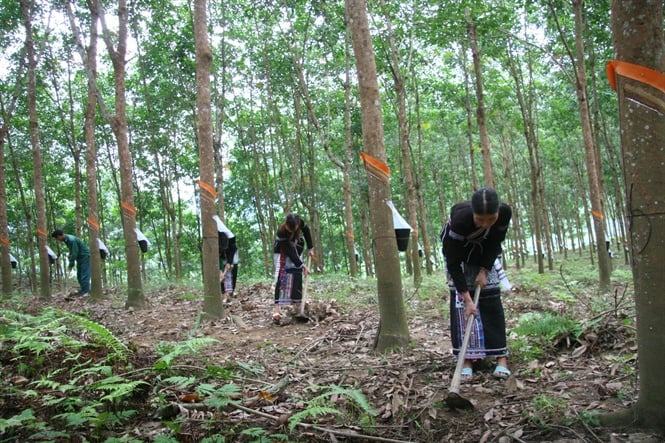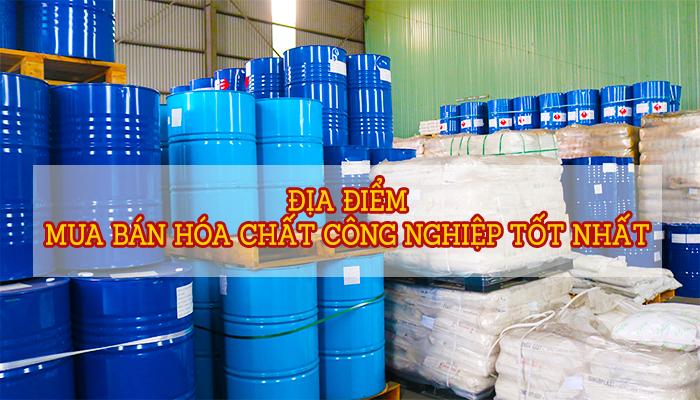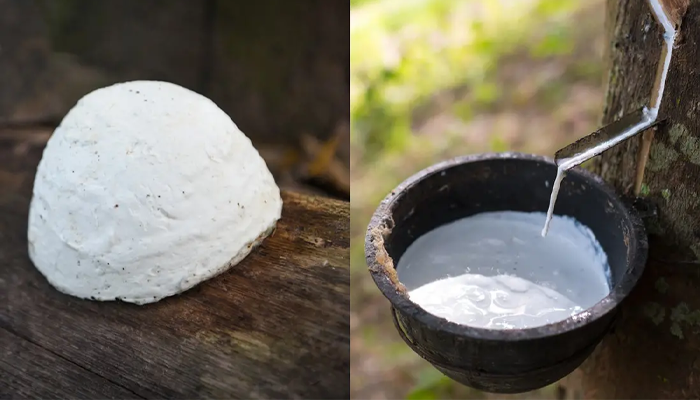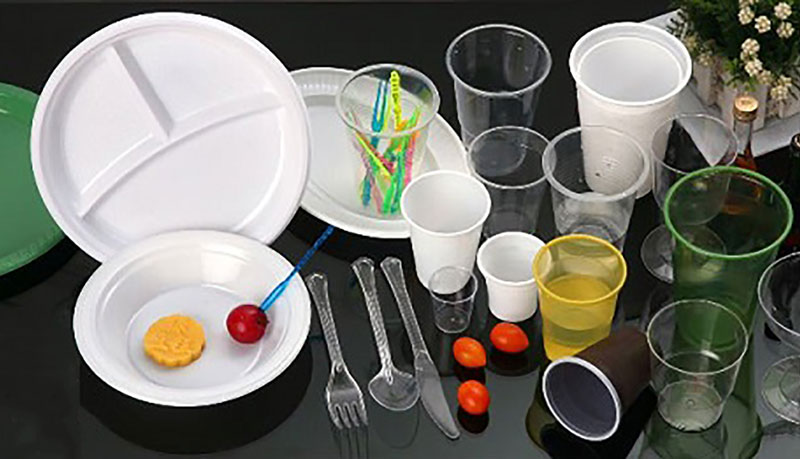USA: NEW TECHNIQUE - USING PLASTIC WASTE TO "TRAP" CO2 EMISSIONS
The two most difficult environmental problems that people face today are tons of non-recyclable plastic waste and tons of carbon dioxide (CO2) that are constantly being released into the atmosphere.
According to research published in the journal ACS Nano, to solve these problems simultaneously, a team of scientists at Rice University (USA) has developed a technique that uses one of these problems to solve the remaining problem.
A research team at Rice University (USA) has found a way to convert plastic waste into particles capable of absorbing CO2 to solve these two pollution problems at the same time.

According to the research team, the technique is a variation of the existing pyrolysis-based plastic recycling process. Pyrolysis is defined as the thermal decomposition of a material at a high temperature in an inert atmosphere.
The process begins with grinding the plastic waste into a powder, then mixing it with potassium acetate and heating the mixture at 600ºC (1,112ºF) for 45 minutes. This process will turn the plastic powder into particles filled with absorbent nano-sized pores that are very effective at "trapping" carbon dioxide molecules in the air.
On average, the holes in each particle are about 0.7 nanometers in size. Notably, each particle can infinitely store CO2. At room temperature, each seed is capable of absorbing more than 18 percent of its own weight in CO2. However, when heated to about 75 ºC (167 ºF), the particles release the carbon dioxide present in the pores.

The absorber can then be reused, as about 90% of its pores are reopened when CO2 is released. As predicted, this technique could be used in the production of products such as fuels or building materials.
Not only that, in the process of creating the original particles, a by-product of wax is also generated. This wax can be used as a cleaning agent or lubricant.
In particular, although commonly used plastics such as polypropylene or high- and low-density polyethylene are often chemically difficult to recycle, they are ideal for conversion into CO2 capture particles.
Scientists estimate the cost of using a filter made from plastic waste to remove CO2 in the exhaust streams at about $21 USD a ton. In contrast, an existing process that uses compounds called amines to remove CO2 costs between $80 and $160 a ton. Furthermore, experts believe that the sorbent will last longer than the amines, thereby obtaining a greater effect.
Professor James Tour, the co-author of the study, said it was possible that this new innovation could be used at CO2 emitters such as power plant exhausts to remove large amounts of emissions that are filling the atmosphere.
“This is a great way to use one problem, plastic waste, to solve another problem, CO2 emissions.”
>>Click HERE to update our news<<
Contact
MEGA VIETNAM
Office address: Floor 2-A2-IA20, Nam Thang Long Urban Area, Pham Van Dong Street,
Dong Ngac Ward, Bac Tu Liem District, Hanoi City, Vietnam
Email: contact@megavietnam.vn
Tel: (+84) 24 375 89089; Fax: (+84) 24 375 89 098
Website: megavietnamgroup.com
Hotline: 1800.577.728 Zalo: 0971.023.523
















